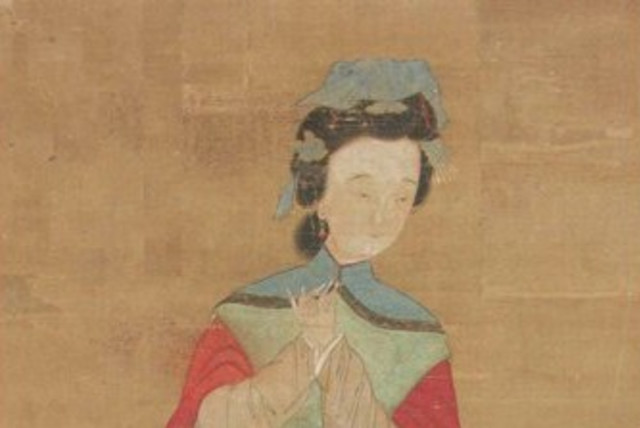In the ancient world, women played more powerful role than previously thought - study

In the ancient Mongolian Xiongnu tribe, women were held in high regard and were the reason for their people's success.
One major misconception throughout history is that men have always been the ones in charge. While the ancient world may have been filled with images of men in brutal battle scenes, archaeologists have found that some powerful communities, such as the Xiongnu people, have proven that this was not always the case.
And in particular, this specific nomadic community in the ancient world placed women in positions of high sociopolitical status and power.
Stories of the Xiongnu people have been told throughout history, and the origin of these stories primarily comes from their enemies. A peer-reviewed research study published in Science Advances has led archaeologists and geneticists to gain a better understanding of just how important women were to the functioning of this multiethnic ancient Eurasian society, dating back 2,000 years.
Data and genetic research have managed to prove the significance of women in Xiongnu society, showing just how crucial women have been in the functioning of the world, and proves the role of women throughout history expands far beyond childbirth and homemaking - they were certainly valued and powerful.
Females held most significant leadership roles, archaeologists say
Researchers set out on a mission to find the overlap between genetics and archaeology in the ancient world. “One of the most exciting things about the study is offering a fresh perspective on this much-maligned population,” Christina Warinner, anthropology researcher and professor at Harvard University said in an interview with The Harvard Gazette.
The Xiongnu, who lived at the same time as those thriving in ancient Egypt and Rome, dominated the Mongolian region from about 200 BCE to 100 CE. They were known for their nomadic ways and for their innovation in warfare. However, this ancient society never developed a formal writing system.
“Most of what we know comes from the Han Dynasty of Imperial China,” Warinner told the publication. “They were major rivals of the Xiongnu, and they wrote about their wars and skirmishes along the border.”
In fact, the Great Wall was erected as a barrier to mounted Xiongnu warriors.
However, of the historical documents available about the ancient group, there were detailed accounts of the powerful women of the Xiongnu society, which, according to Warinner, "was another reason Imperial China didn’t like them."
Unfortunately, physical evidence to prove these claims was not easy to find. “In most places in the world, the archaeological record abounds in residential domestic debris. The problem with mobile societies is they don’t stay anywhere long enough to build up that kind of archaeological record.”
The Xiongnu group didn't disappear without a trace, though. They left behind vast and elaborate stone mortuary complexes that could be seen from satellite images. In the decade since archaeologists first excavated the sites, not far from Mongolia's border with China, many artifacts such as fine silk, glass beads, and finely-made vessels were uncovered.
These findings helped Warinner and other researchers uncover more genetic data from ancient Mongolian groups over a span of 6,000 years. This allowed them to sequence DNA from human remains at the excavation sites. “At the time, we only analyzed one or two individuals per site,” said Warinner.
“From that, we could tell the Xiongnu were genetically diverse and multiethnic. But we weren’t able to say anything about their gender or social roles or about whether there was a relationship between their genetics and social status.”
These findings helped archaeologists and geneticists learn more about how the Xiongnu communities functioned internally. Women held significant roles in trade as well as the overall growth of the society. Whether or not the group was at war, it became clear that women had a significant voice in the decision-making process.
In a world where women frequently have to fight for a seat at the table, it is important to take lessons from groups like this to show that they are indeed the backbone of society.
Jerusalem Post Store
`; document.getElementById("linkPremium").innerHTML = cont; var divWithLink = document.getElementById("premium-link"); if (divWithLink !== null && divWithLink !== 'undefined') { divWithLink.style.border = "solid 1px #cb0f3e"; divWithLink.style.textAlign = "center"; divWithLink.style.marginBottom = "15px"; divWithLink.style.marginTop = "15px"; divWithLink.style.width = "100%"; divWithLink.style.backgroundColor = "#122952"; divWithLink.style.color = "#ffffff"; divWithLink.style.lineHeight = "1.5"; } } (function (v, i) { });

